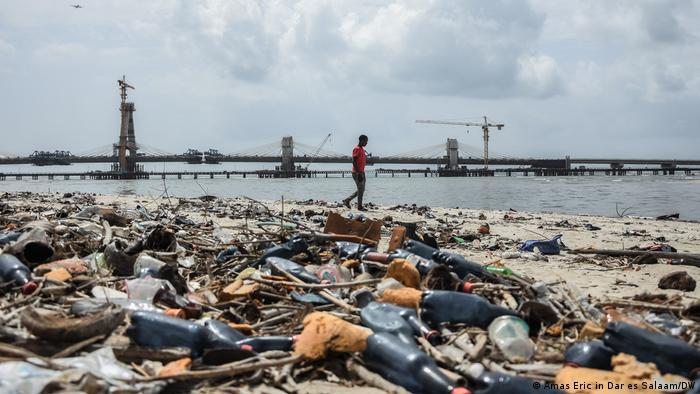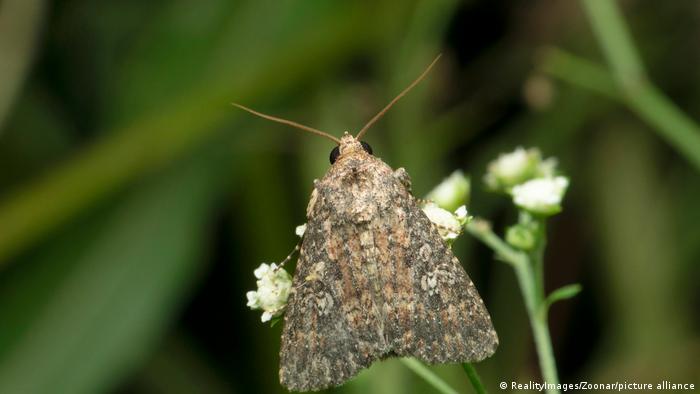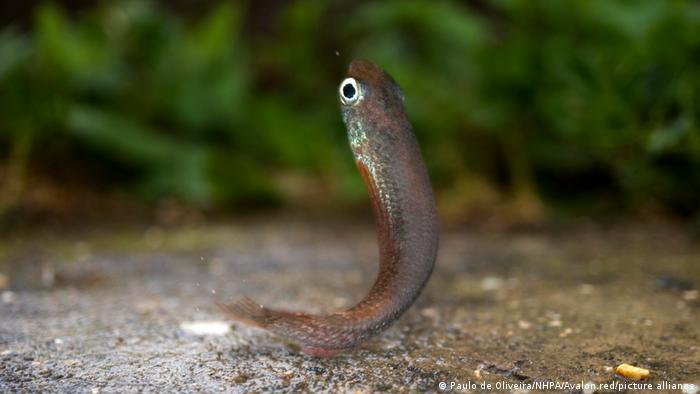Many animal and plant species are fighting against pollution from humans in the form of smog and industrial sewage, fertilizer runoff and thick blankets of plastics.
However, there are species that have learned to live with and adapt to the pollution in their once clean environment.
Plastic-eating microbes adapt and thrive to pollution
A team of researchers from Chalmers University of Technology, Gothenburg, Sweden made a surprising discovery last spring. They discovered that microbes in soils and oceans around the world can eat plastic, especially if they live near high levels of plastic pollution.
The researchers discovered that over 30,000 different enzymes could be found in microbial DNA samples taken from locations all around the world.
Although some enzymes had been identified in bacteria living on rubbish dumps, others were unknown. It was even more remarkable to find that the type and amount of enzymes found in the samples corresponded with the volume and type plastic pollution at the locations they were taken.
For example, ocean samples containing microbial DNA showed higher levels of plastic-degrading enzymes in deeper waters, where there is more plastic pollution. According to the study, this indicates that the earth’s microbiome could already be adapting the current global plastic pollution trends. The microorganisms are apparently subject to “sufficiently strong select pressures” to produce plastic-digesting enzymes, despite millions of tons of it being dumped into the environment each year.
Adapting to early industrial pollution. A moth turns dark
The findings of last year are not the only ones to show species adapting in response to environmental pollution.
In the mid-1800s, a decade before Darwin’s evolutionary theory was published, residents in increasingly industrial English cities like London and Manchester observed an unexpected color change in the peppered moth.
The insect’s mottled wings and body were a characteristic of the species. This pattern was used to hide it from predators during daylight hours, when it would rest on trees trunks and walls. As industrialization and the resulting air pollution intensified, a genetic change that created a completely black peppered moth was discovered.
These moths are also known as “carbonaria” and were able to hide more easily from hungry birds in blackened industrial landscapes.
The white peppered Moth remained the most common in the countryside. However, the carbonaria was the dominant moth in the Manchester area by 1900.
Fish in toxic water
Genetically adapting to highly polluted environments can clearly be an evolutionary advantage. But, being able to live in a polluted area can be costly. Although genetic changes can help a species survive a particular pollutant, they can also make it more vulnerable to other environmental stressors.
This is true for the killifish, a small, silvery fish that thrives in toxic waters near North America’s Atlantic coast and the northern Gulf of Mexico.
These waters have been deemed deadly for vertebrates by high levels of heavy metals, toxic chemicals from industrial waste, and residuals from herbicide production like Agent Orange. The polluting chemicals can disrupt embryo development and cause deformations, heart defects, or prevent them from hatching.
Although killifish are sensitive to brackish waters, Andrew Whitehead, University of California Davis, conducted a study on Atlantic killifish. He found that they thrive even in the most contaminated sites.
People living along the Gulf coasts and Atlantic coasts are protected by genetic variations that make them immune to the harmful effects of toxic chemicals. Because of their genes, fish can withstand concentrations up to thousands times higher than the usual deadly levels.
Although the genetic mutation has made the killifish less susceptible to toxic substances, it has also reduced its tolerance to low oxygen levels. That’s a problem as oxygen levels in the sea vary, and as global temperatures rise, ocean oxygen is expected to decline drastically. After the water has been cleaned from pollutants, the adaptable fish may have a greater chance of surviving than the ones without the variation.
Few species are capable of adapting.
Most species of animal and plant will not be capable of adapting genetically to the polluted environment. It has only worked in a small fraction of the millions of species.
The rapid reproduction rate of microbes, moths, and killifish is what allowed them to adapt well to high levels pollution.
A large number of species is more likely to develop genetic mutations which increase their resistance to environmental stressors. Most species under threat of toxins don’t have sufficient population to develop the required mutations. The only way to save them is to clean up the pollution and not allow it to happen in the first instance.




